ONLINE VACATION
ANCHORAGE, ALASKA, USA
5/10/14
Hi Everyone. Our trip today is to Anchorage, Alaska. We have had
vacations to Alaska before. It is a beautiful area to visit. My Mom
always wanted to see Alaska but never got to. She passed away almost
a year ago, so this is a trip for Mom for Mother's Day.
Anchorage, (officially called the Municipality of Anchorage), is a unified
home rule municipality in the south central part of the U.S. state of
Alaska. With 291,826 residents in 2010, it is Alaska's most populous
city and contains more than 40 percent of the state's total population.
Russian presence in south central Alaska was well established in the 19th
century. In 1867, U. S. Secretary of State William H. Seward brokered
a deal to purchase Alaska from an Imperial Russia for $7.2 million
(about two cents an acre). The deal was laughed at by political rivals
as "Seward's folly", "Seward's icebox" and "Walrussia". By 1888, gold
was discovered in Alaska.
In 1912, Alaska became a United States territory. Anchorage was settled
in 1914 and incorporated in 1920.
On March 27, 1964, Anchorage was hit by the magnitude 9.2 earthquake,
which killed 115 people and caused $311 million ($2.36 billion current
value) in damage. The earth-shaking event lasted nearly five minutes.
It was the second largest earthquake in the recorded history of the
world. Rebuilding dominated the remainder of the 1960s.
In 1968, oil was discovered in Prudhoe Bay, and the resulting oil boom
spurred further growth in Anchorage. The city continued to grow in
the 1980s, and capital projects and an aggressive beautification
campaign took place.
Anchorage has been named an All-America City four times; in 1956, 1965,
1984–85, and 2002, by the National Civic League. It has also been
named as the most tax-friendly city in the United States.
The nickname of Anchorage is "The City of Lights and Flowers". Their
motto is "Big Wild Life. The elevation is 102 feet above sea level.
A diverse wildlife population lives within Urban Anchorage, including
black bear, grizzly bear, moose, mountain goats, wolves, lynx.
January is normally the coldest month with average temperatures between
9 and 23 °F. July is normally the warmest month with average
temperatures between 53 and 69 °F. September tends to be the
rainiest month with an average of 3.2 inches and a yearly average of
17.9 inches of rain. February tends to be the snowiest month with an
average of 12.6 inches and a yearly average of 58.2 inches of snow.
The coldest temperature recorded was -38 °F on February 3, 1947. The
hottest temperature recorded was 86 °F on June 25, 1953. The
snowiest winter was 2011 - 2012 when they had a record of 134.5 inches
of snow.
I hope you enjoy this trip to Anchorage, Alaska.
~Marsha~
AERIAL VIEW



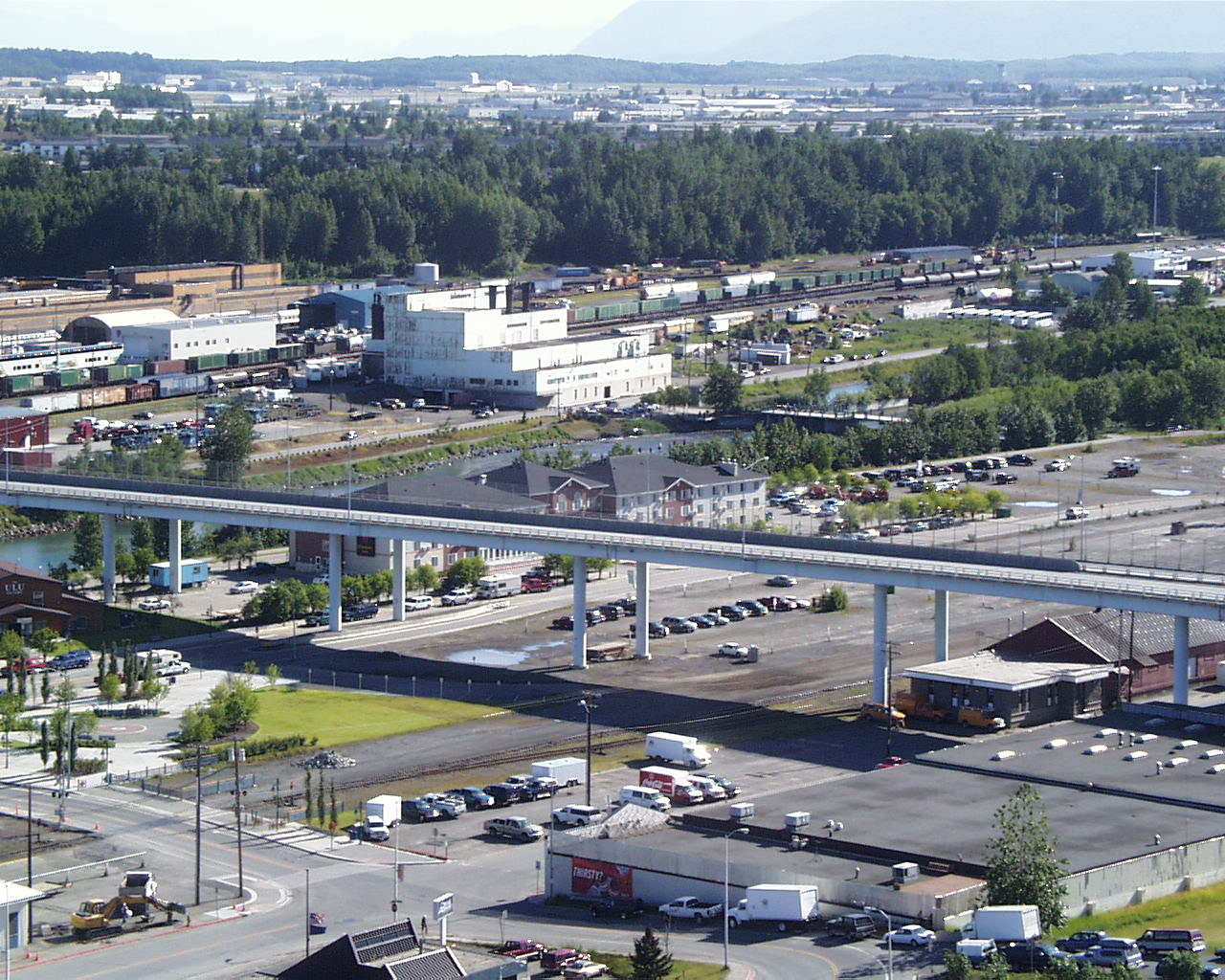



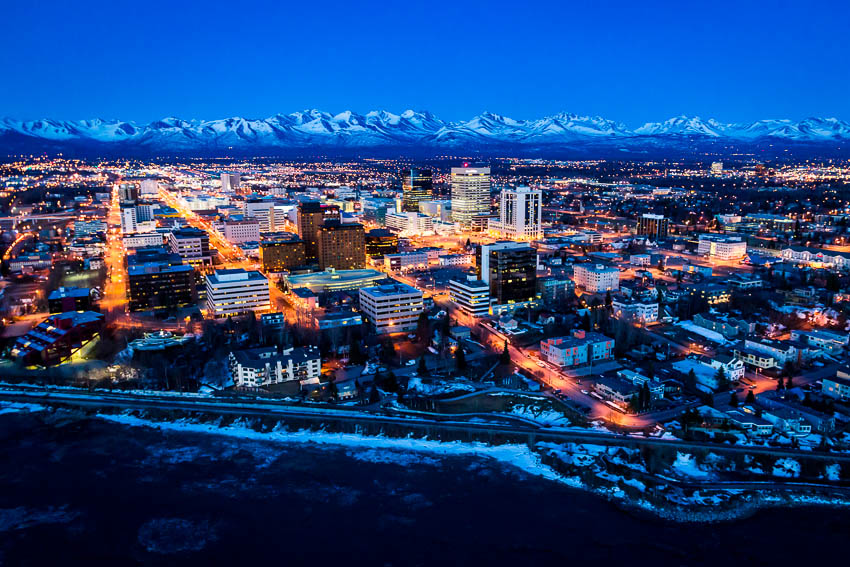

SKYLINE



DOWNTOWN


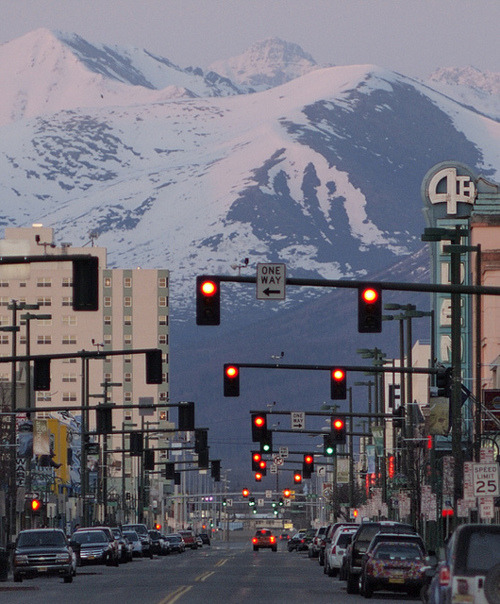


UNIVERSITY OF ALASKA
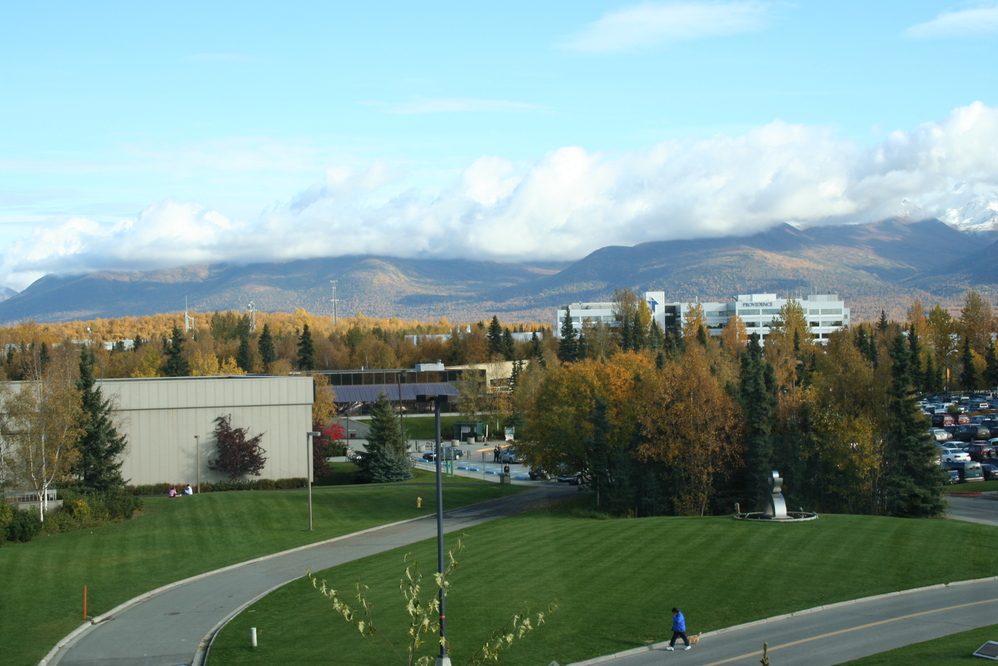

ANCHORAGE METHODIST UNIVERSITY

CONOCO-PHILIPS BUILDING
THE TALLEST BUILDING IN ALASKA
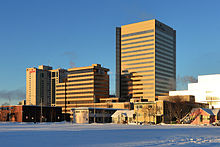
ANCHORAGE MUSEUM

THE ALASKA CENTER FOR PERFORMING ARTS
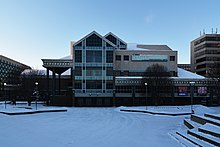
MOVIE THEATER

MORMON TEMPLE

PROVIDENCE HOSPITAL

THE NEIGHBORHOOD

PORT OF ANCHORAGE
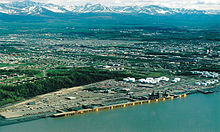
LAKE HOOD SEAPLANE BASE

FLOAT PLANE
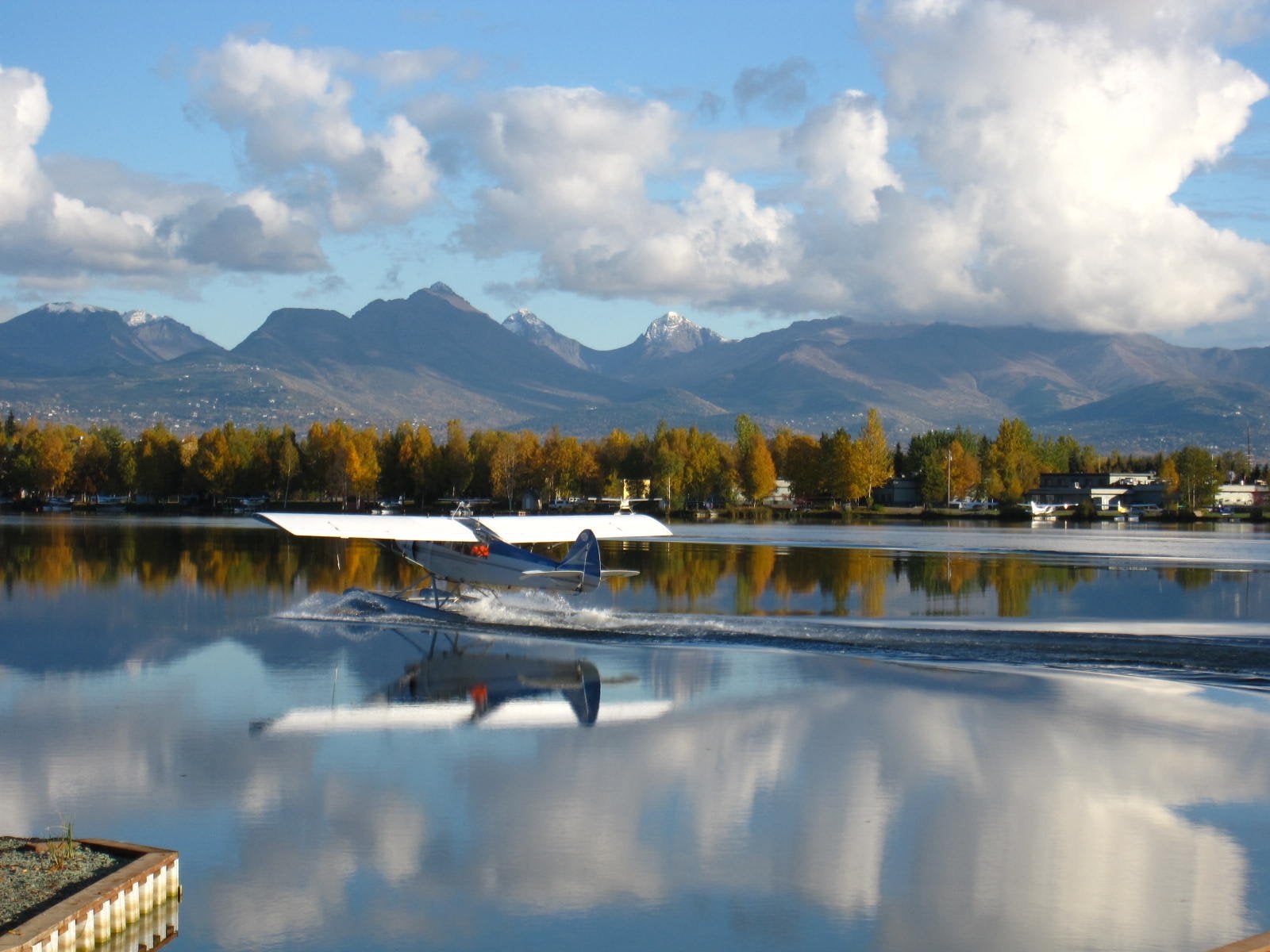

PTARMIGAN PEAK IN THE CHUGACH MOUNTAINS

ALASKA BOTANICAL GARDEN

HILLTOP SKI AREA
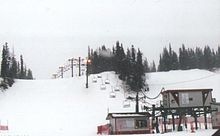
PICTURE TAKEN AT 10PM

NIGHT SKY

TOURIST BOARD


SCENERY

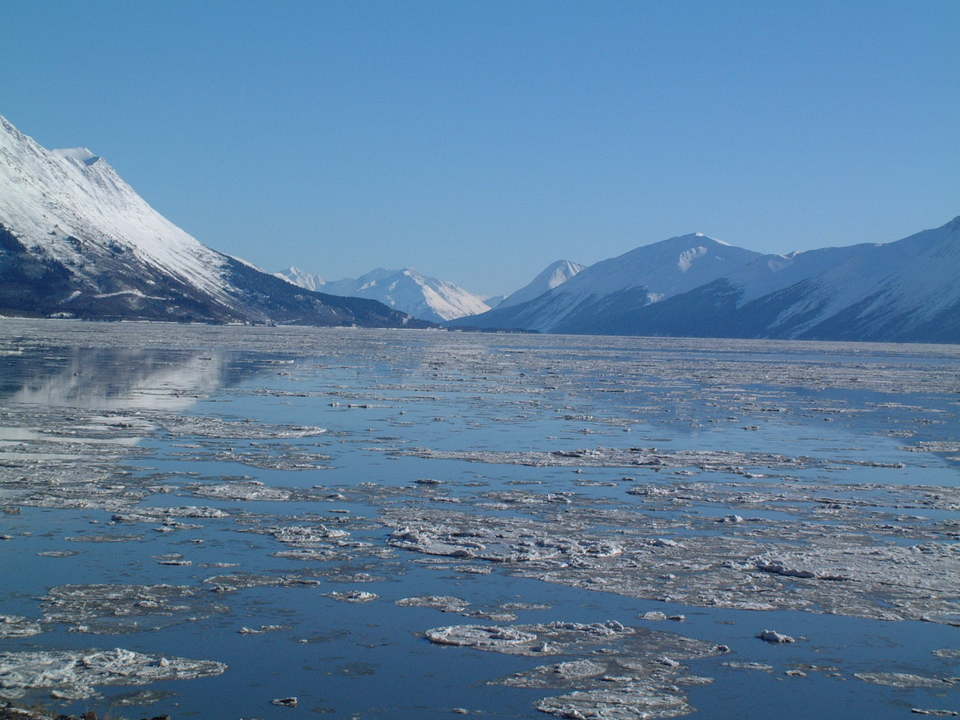









PORTER GLACIER
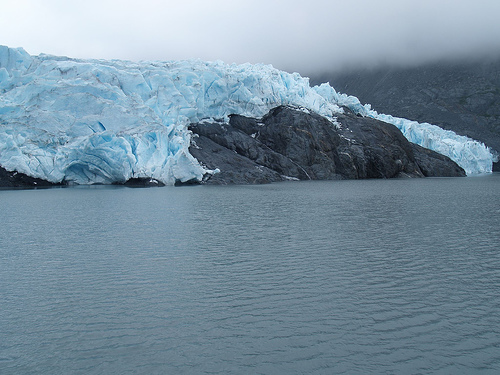
CHARTER BOATS

A FISHING HOTSPOT

CHRISTMAS
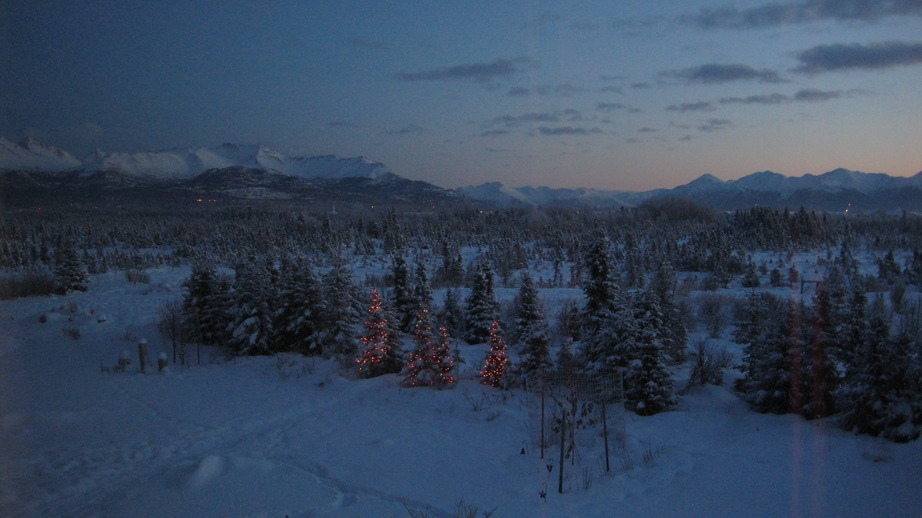
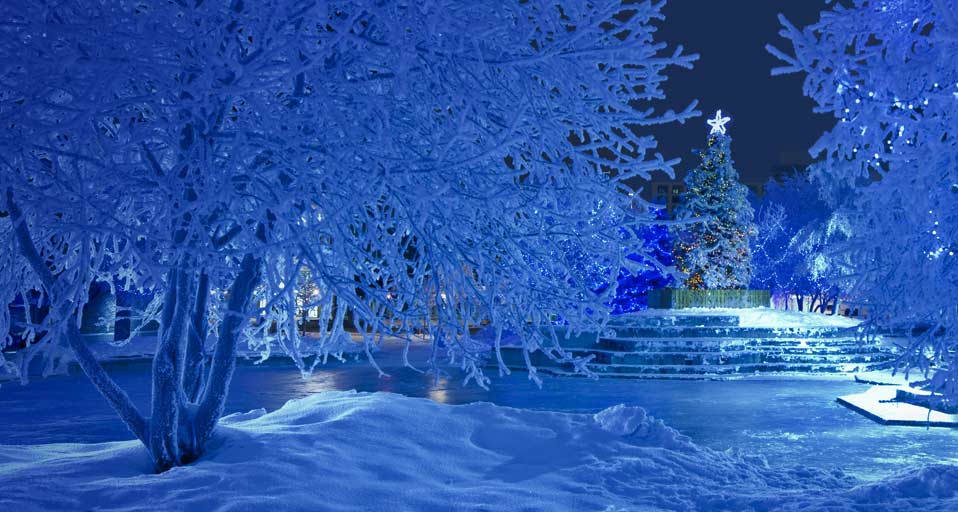
WILDLIFE - IN THIS SECTION, I HAD TO MAKE SOME GUESSES WHAT THE ANIMAL
WAS. I AM HOPING I HAVE THEM RIGHT. MOOSE, REINDEER, CARIBOU AND
ELK LOOK ALIKE TO ME, SO I AM NOT SURE I HAVE THEM RIGHT.
MOOSE
















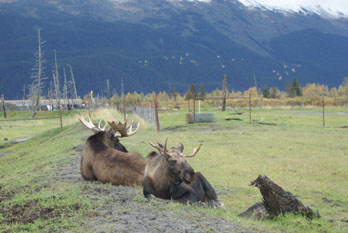
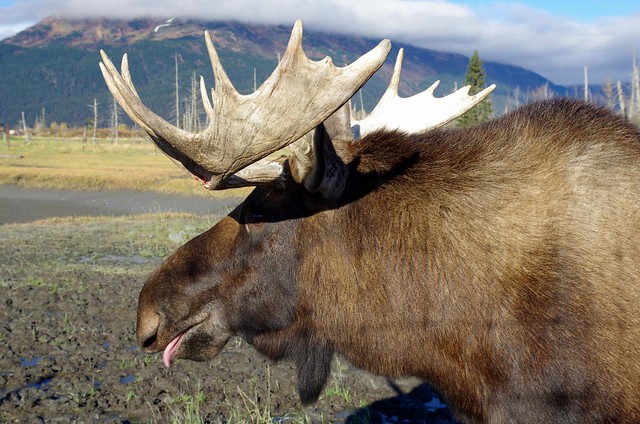








BEAR





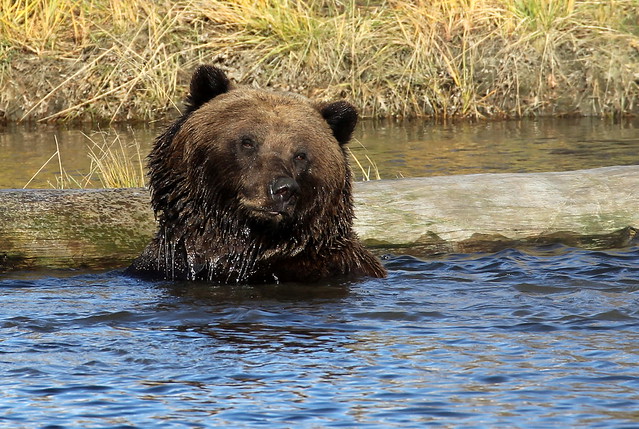


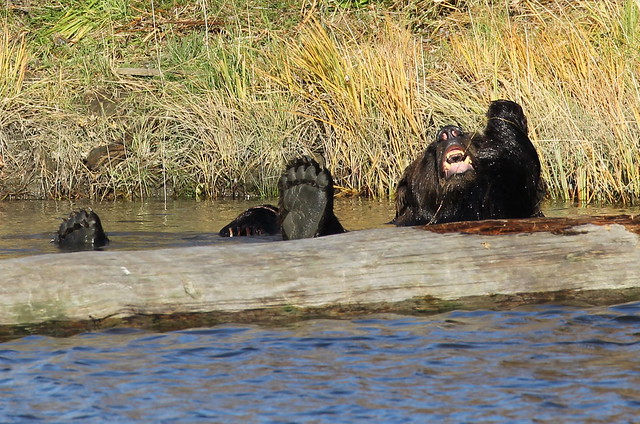

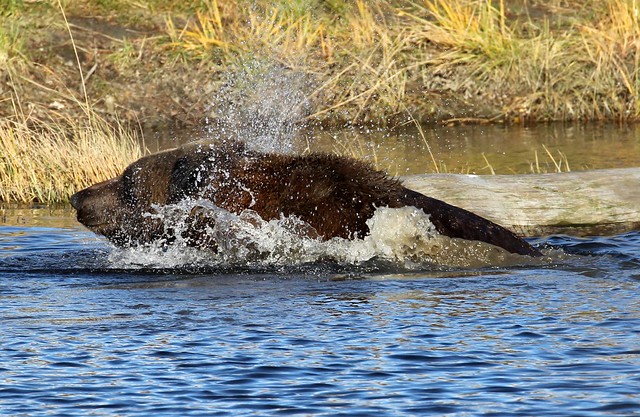








MUSK OX (?)

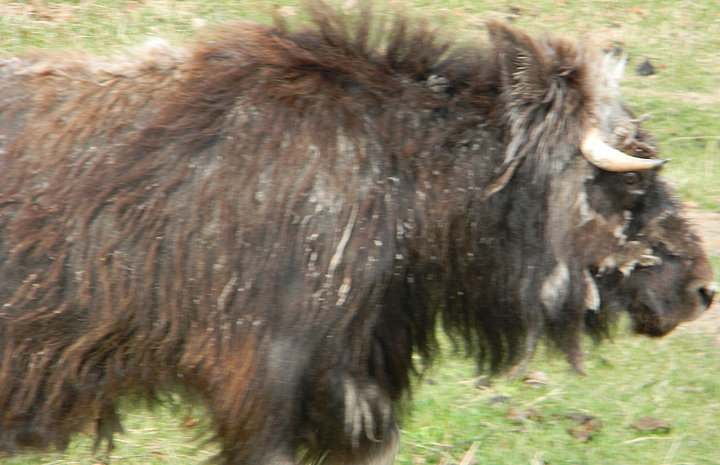





DEER

WOLF
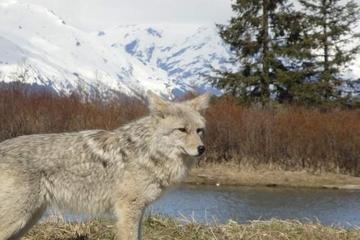

RED FOX

WOOD BISON

MEW GULLS

SANDHILL CRANE

PUFFIN

MOUNTAIN GOAT


REINDEER

ELK
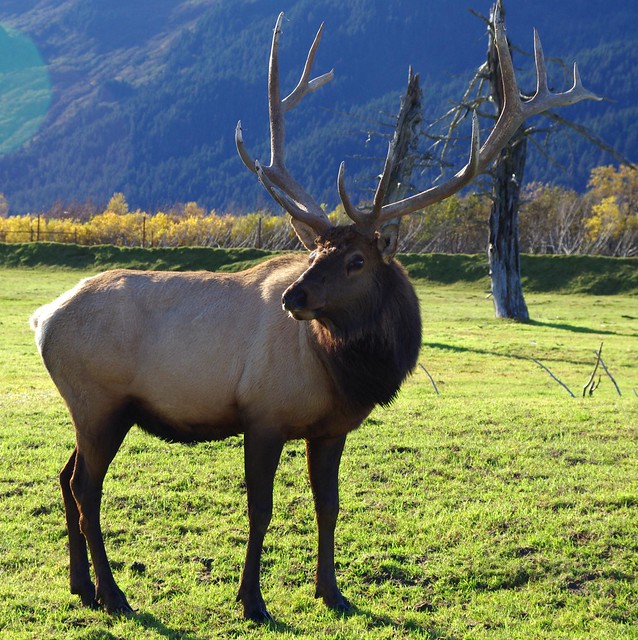
CARIBOU

LONGSPUR (?)

SEAGULL


DUCK



BALD EAGLE


PORCUPINE

SHORT-TAILED ALBATROSS

SEA LION

UNKNOWN ANIMALS

OLD PHOTOS
TENT CITY JULY 1, 1915

DOWNTOWN 1953
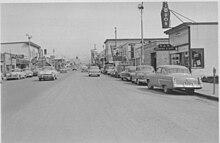
DOWNTOWN 1958

EARTHQUAKE MARCH 27, 1964
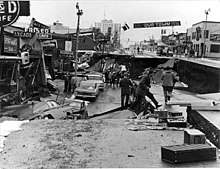
vacations to Alaska before. It is a beautiful area to visit. My Mom
always wanted to see Alaska but never got to. She passed away almost
a year ago, so this is a trip for Mom for Mother's Day.
Anchorage, (officially called the Municipality of Anchorage), is a unified
home rule municipality in the south central part of the U.S. state of
Alaska. With 291,826 residents in 2010, it is Alaska's most populous
city and contains more than 40 percent of the state's total population.
Russian presence in south central Alaska was well established in the 19th
century. In 1867, U. S. Secretary of State William H. Seward brokered
a deal to purchase Alaska from an Imperial Russia for $7.2 million
(about two cents an acre). The deal was laughed at by political rivals
as "Seward's folly", "Seward's icebox" and "Walrussia". By 1888, gold
was discovered in Alaska.
In 1912, Alaska became a United States territory. Anchorage was settled
in 1914 and incorporated in 1920.
On March 27, 1964, Anchorage was hit by the magnitude 9.2 earthquake,
which killed 115 people and caused $311 million ($2.36 billion current
value) in damage. The earth-shaking event lasted nearly five minutes.
It was the second largest earthquake in the recorded history of the
world. Rebuilding dominated the remainder of the 1960s.
In 1968, oil was discovered in Prudhoe Bay, and the resulting oil boom
spurred further growth in Anchorage. The city continued to grow in
the 1980s, and capital projects and an aggressive beautification
campaign took place.
Anchorage has been named an All-America City four times; in 1956, 1965,
1984–85, and 2002, by the National Civic League. It has also been
named as the most tax-friendly city in the United States.
The nickname of Anchorage is "The City of Lights and Flowers". Their
motto is "Big Wild Life. The elevation is 102 feet above sea level.
A diverse wildlife population lives within Urban Anchorage, including
black bear, grizzly bear, moose, mountain goats, wolves, lynx.
January is normally the coldest month with average temperatures between
9 and 23 °F. July is normally the warmest month with average
temperatures between 53 and 69 °F. September tends to be the
rainiest month with an average of 3.2 inches and a yearly average of
17.9 inches of rain. February tends to be the snowiest month with an
average of 12.6 inches and a yearly average of 58.2 inches of snow.
The coldest temperature recorded was -38 °F on February 3, 1947. The
hottest temperature recorded was 86 °F on June 25, 1953. The
snowiest winter was 2011 - 2012 when they had a record of 134.5 inches
of snow.
I hope you enjoy this trip to Anchorage, Alaska.
~Marsha~
AERIAL VIEW









SKYLINE



DOWNTOWN





UNIVERSITY OF ALASKA


ANCHORAGE METHODIST UNIVERSITY

CONOCO-PHILIPS BUILDING
THE TALLEST BUILDING IN ALASKA

ANCHORAGE MUSEUM

THE ALASKA CENTER FOR PERFORMING ARTS

MOVIE THEATER

MORMON TEMPLE

PROVIDENCE HOSPITAL

THE NEIGHBORHOOD

PORT OF ANCHORAGE

LAKE HOOD SEAPLANE BASE

FLOAT PLANE


PTARMIGAN PEAK IN THE CHUGACH MOUNTAINS

ALASKA BOTANICAL GARDEN

HILLTOP SKI AREA
PICTURE TAKEN AT 10PM

NIGHT SKY

TOURIST BOARD


SCENERY











PORTER GLACIER

CHARTER BOATS

A FISHING HOTSPOT

CHRISTMAS


WILDLIFE - IN THIS SECTION, I HAD TO MAKE SOME GUESSES WHAT THE ANIMAL
WAS. I AM HOPING I HAVE THEM RIGHT. MOOSE, REINDEER, CARIBOU AND
ELK LOOK ALIKE TO ME, SO I AM NOT SURE I HAVE THEM RIGHT.
MOOSE
















BEAR














MUSK OX (?)




DEER

WOLF

RED FOX

WOOD BISON

MEW GULLS
SANDHILL CRANE
PUFFIN
MOUNTAIN GOAT

REINDEER

ELK

CARIBOU

LONGSPUR (?)

SEAGULL
DUCK
BALD EAGLE
PORCUPINE
SHORT-TAILED ALBATROSS

SEA LION
UNKNOWN ANIMALS
OLD PHOTOS
TENT CITY JULY 1, 1915

DOWNTOWN 1953

DOWNTOWN 1958

EARTHQUAKE MARCH 27, 1964

Information from Wikipedia
This is a MelloMarsha creation
I do not take credit for the pictures
Thanks to the respective photographers
5-10-14
BACK TO THE ONLINE VACATION INDEX